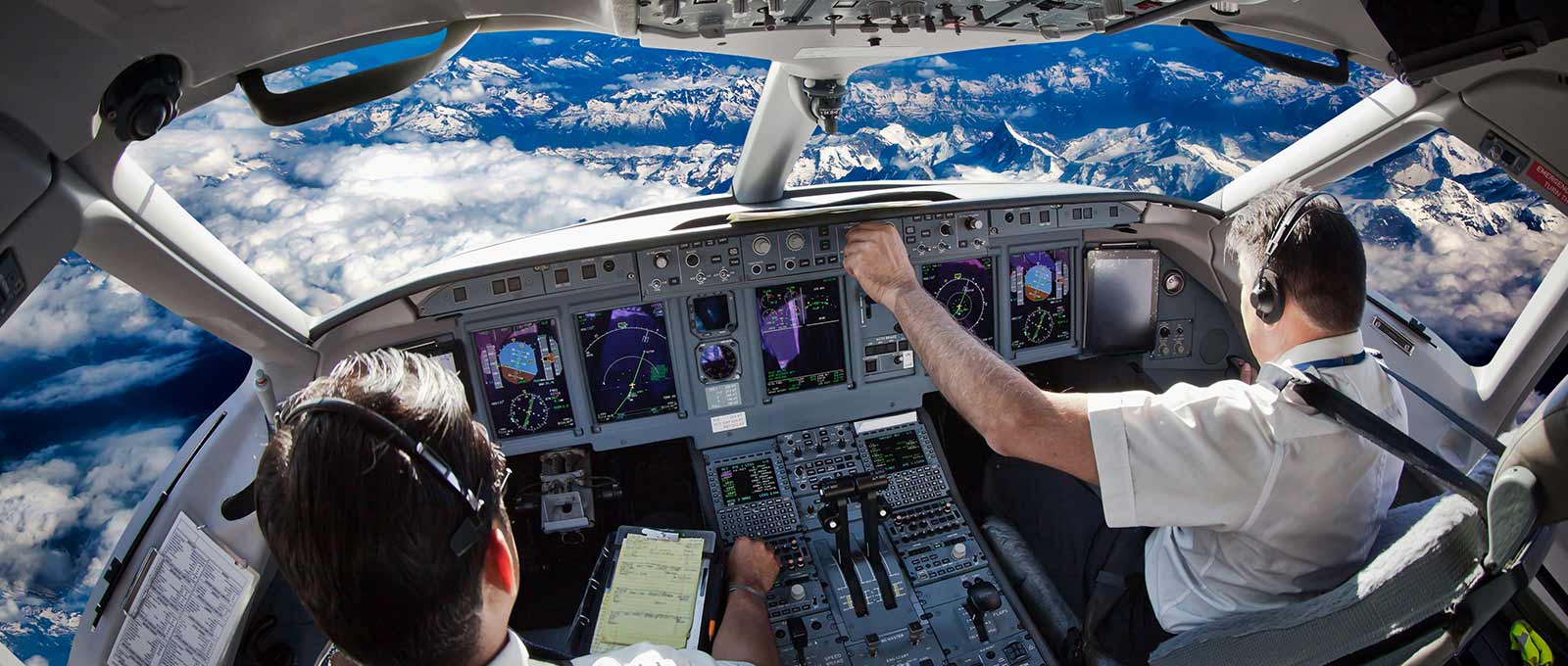From cockpit to crosswind, ceiling to squawk, visibility to dead reckoning… All these words might sound familiar to you from somewhere. But in aviation, these terms hold specific and critical meanings that shape the way pilots, crew, and air traffic controllers communicate and operate. Understanding them can offer you a deeper appreciation of the complexity and precision of the aviation world. In this blog post, we’ll break down some of the most common aviation terms, giving you a glimpse into the fascinating language of the skies. Whether you’re a frequent flyer, an aviation enthusiast, or simply curious, this aviation terminology guide is for you!
What Is Abort in Aviation?
In aviation, “abort” refers to the termination of a procedure or flight operation due to unexpected conditions. This could occur during takeoff, landing, or even in-flight when safety becomes a concern. For example, a pilot might abort takeoff if an engine failure is detected, ensuring the aircraft remains grounded until the issue is resolved. Abort procedures are meticulously planned and rehearsed to ensure the safety of everyone on board. While this aviation safety term might sound alarming, it often signifies the crew’s quick decision-making and adherence to safety protocols, highlighting the importance of preparedness in aviation.

What Is Cockpit in Aviaton?
The cockpit is where pilots sit and control the airplane. It has all the buttons, screens, and tools they need to fly. The cockpit is like the brain of the airplane. Pilots also use special communication phrases like “roger” or “mayday” to talk to air traffic control. These aviation communication terms are part of language and make sure everyone understands each other clearly. The cockpit is designed to give pilots everything they need within easy reach. The windows are large and provide a wide view, helping pilots see the runway, sky, and surroundings. Modern cockpits even have digital displays, which show information like altitude, speed, and weather conditions. These advancements make flying more efficient and safer. It’s also a secure area, with restricted access to ensure safety during flights. The cockpit is not just a place for pilots to sit—it’s the command center of the airplane, where critical decisions are made to keep everyone on board safe.

What Is Crosswind in Aviation?
A crosswind is when the wind blows from the side, not straight down the runway. This can make takeoff and landing tricky because the plane might not go straight. Pilots train a lot to handle crosswinds. They need to adjust the plane carefully to keep it under control. It’s a skill that shows how experienced they are. When managed properly, crosswinds are just another part of a pilot’s routine. Pilots use specific techniques to align the aircraft with the runway during landing. Modern aircrafts are equipped with advanced systems that assist in handling crosswinds, such as yaw dampers and auto-brakes. With proper training and preparation, pilots can safely navigate even strong crosswinds.
However, if crosswinds are not managed well, the consequences can be risky. Misjudging wind strength or failing to make the right corrections can cause the aircraft to veer off course, leading to unstable approaches or even runway excursions. That’s why pilots undergo a rigorous crosswind landing training during simulations, where they practice dealing with extreme wind conditions. In real-world scenarios, air traffic control also plays a role by providing wind data and guiding pilots to safer runways if needed. Ultimately, crosswinds highlight the skill and precision required in aviation. When handled effectively, they serve as a reminder of the incredible expertise pilots bring to every flight.
What Is Squawk in Aviation?
In aviation, “squawk” is a code that the airplane sends to air traffic control. This code helps controllers see where the plane is and what it’s doing. Sometimes, planes use special squawk codes, like “7700” for emergencies. These codes are very important to keep flights safe and organized.

What Is Ceiling in Aviation?
Ceiling means how high the clouds are above the ground. This is important because it affects how well pilots can see when they are flying.
If the ceiling is low, flights might be delayed or rerouted. Pilots always check the weather to make sure it’s safe to fly.
What Is Visibility in Aviation?
Visibility means how far a pilot can see. It’s very important, especially during takeoff and landing. Bad weather like fog or heavy rain can make visibility worse. When visibility is low, pilots use special instruments to guide the plane. This helps them fly safely even when they can’t see clearly. For example, Instrument Landing System (ILS) helps pilots land safely by providing precise guidance even in poor visibility. The altimeter is another crucial tool, indicating the plane’s altitude above sea level. Additionally, the weather radar detects storms and other weather conditions ahead, allowing pilots to adjust their route if necessary. These instruments work together to ensure safety during challenging conditions.
In modern aviation, advanced technologies like the Heads-Up Display (HUD) and Enhanced Vision Systems (EVS) further improve visibility by projecting critical information onto a screen in the pilot’s line of sight. These tools make navigating through foggy skies or during nighttime flights much safer and more efficient.
If you want to dive even deeper into aviation, you may also like our blog post, “What Is a Flight Recorder? What Does It Do?“.















